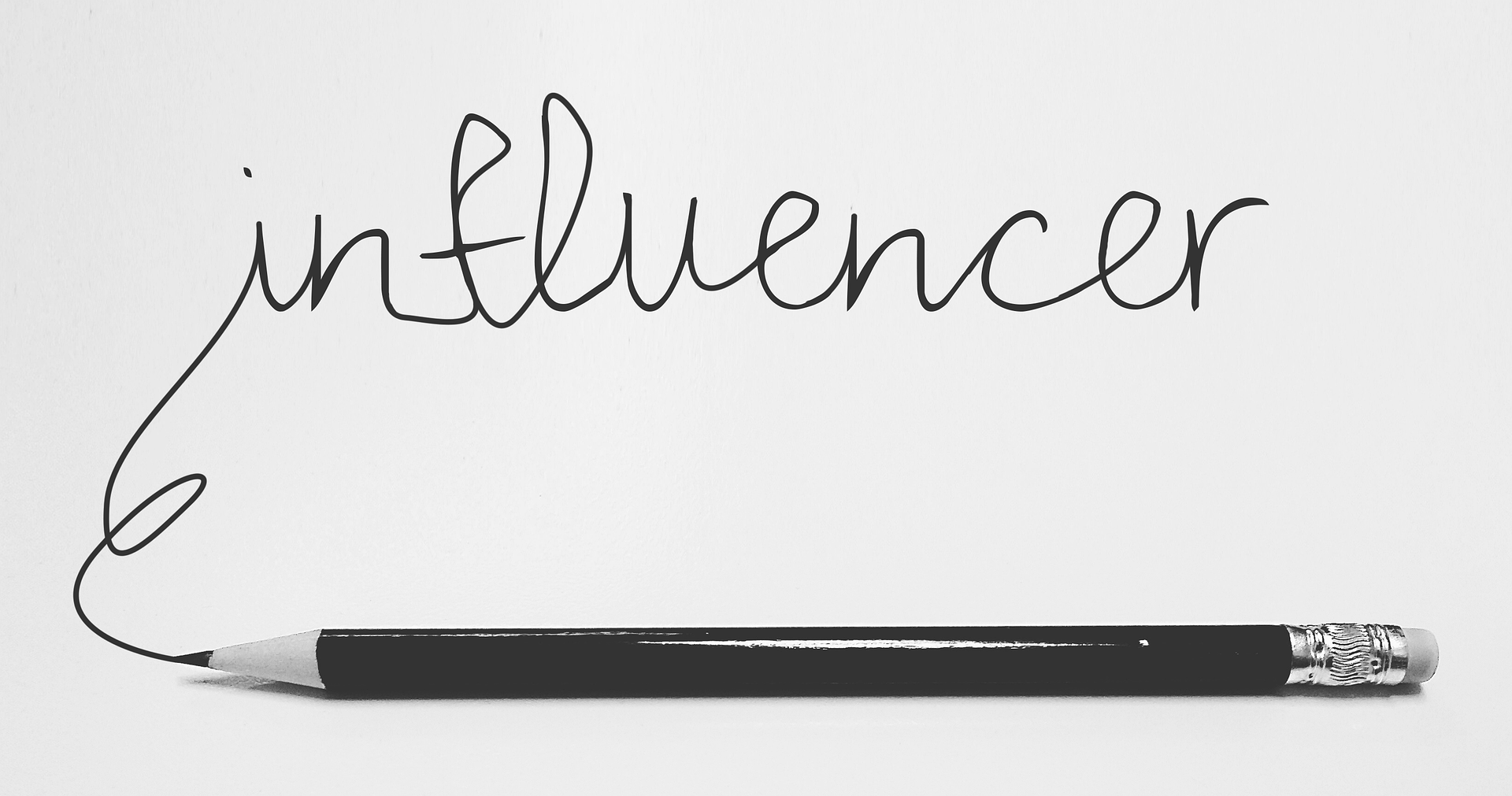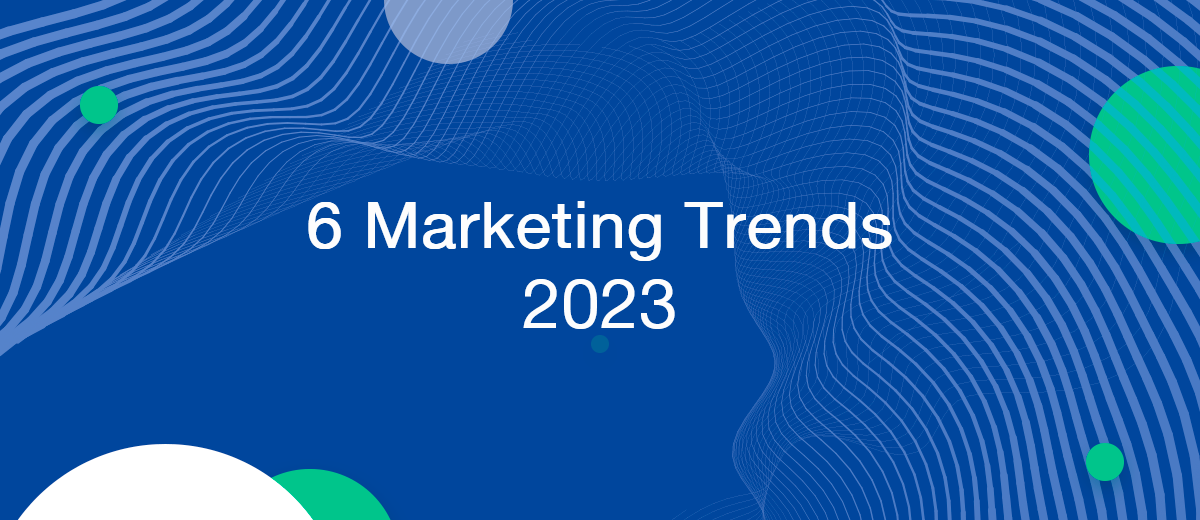Marketing is ever-evolving in the shifting landscape of technology and consumer behavior. The past few years have been particularly tumultuous, creating paradigm shifts in how customers and brands connect. Here are some of the upcoming marketing trends to watch for in 2023.
Refocus on LinkedIn Content
With the recent drama surrounding Twitter's acquisition, many marketers are reshifting their focus to LinkedIn as the leading B2B platform.
This refocus is pushing both business and personal LinkedIn users to audit their existing portfolios for relevance and branding — for example, finding an industry-relevant, eye-catching LinkedIn background.
LinkedIn is following suit with the other platforms and pushing more short-form video content. The platform has also shifted from the "Thought Leader" model to develop a creator-based profile status that's more aligned with other platforms.
The Rise of BeReal
BeReal has the potential to become the next big social media app for marketers. This app prompts people to share snapshots of their life and surroundings in real-time without filters or context. The idea is to reintroduce authenticity and move away from ultra-filtered, curated content.
The BeReal app allows users to connect with people who share their interests and passions. The app is starting to capture the attention of marketers because it provides an opportunity to reach a highly engaged, targeted audience, as users are self-selecting into communities based on their interests.
Additionally, the app's focus on building real connections and fostering genuine interactions may make it more appealing to marketers looking to build authentic relationships with their target audience.
This potential superstar of 2023 fits into the overarching trend of authenticity in marketing. Consumers today are more skeptical of traditional marketing tactics and are looking for more authentic, genuine interactions with brands. They want to see a brand's values and mission reflected in its marketing messages and actions.
The Fall of Major Influencers
Major influencers have dominated the market for years. Now, however, brands are starting to shift to micro-influencers and nano-influencers instead.
A micro-influencer is an individual with a smaller following on social media, typically between 1,000 and 100,000 followers. A nano-influencer is an individual with an even smaller following, typically less than 1,000 followers.
Micro and nano-influencers typically have higher engagement rates with their followers, meaning that their followers are more likely to interact with their posts and see them as trustworthy sources of information. This aspect of working with smaller influencers is beneficial for niche products and services.

Macro-influencers are facing several challenges as the landscape shifts toward authenticity and personalization. Those with large audiences become difficult to relate to as they achieve more success. Brand sponsorships can also feel inauthentic or disruptive in popular content.
Many macro-influencers also report burnout due to the constant pressure to produce new and engaging content. This can happen because they have to keep up with the high standard of content they have set for themselves and their audience, as well as the pressure to be constantly on and present on social media.


Macro influencers experiencing burnout may come off as less authentic or creative, leading to less engagement or "creator's block." Rather than putting all of their eggs in one basket, modern marketers should know the benefits of working with several smaller influencers instead of one prominent internet celebrity.
Micro-influencers also tend to be more amenable to an affiliate or commission-based program rather than a flat rate — an important consideration during a recession.
The Departure of Third-Party Cookies
Google's announcement of its plan to phase out the use of cookies shocked marketers everywhere. Cookies are small text files that are placed on a user's device when they visit a website. Third-party cookies, in particular, are typically used for tracking and targeted advertising.
The elimination of third-party cookies will impact companies that rely on them for targeted advertising and tracking user behavior across the web. This change impacts advertisers, marketers, publishers, and many other businesses that rely on this data to personalize users' experiences and deliver relevant ads.
As Google has met so much pushback, they've delayed the change until 2024. Instead of using third-party cookies, companies will have to use other technologies, such as browser-based APIs and first-party data, to target and track users. This will likely lead to a shift towards more privacy-centric technologies and methodologies.
Advertisers will have to use more contextual targeting, meaning they'll have to rely on the website or app's content to determine the user's interests rather than on their browsing history. Additionally, Google is working on a new technology called "Privacy Sandbox", which aims to provide new ways for advertisers to target users without tracking them individually and without compromising their privacy.
It's important to note that this change is still in the development phase and the final outcome is yet to be determined. However, it's clear that this move towards more privacy-centric technologies will have a significant impact on the digital marketing and advertising industry. Marketers will have to adapt to these changes and find new ways to reach and engage with their target audience.
Prioritizing Interactivity
Interactivity in marketing refers to the degree to which a consumer can actively engage with a brand or product. This can include a wide range of activities, such as clicking on a link, watching a video, playing a game, or even physically interacting with a product or display. These efforts could include augmented reality (AR) elements, quizzes, and polls, or forms of gamification.
Gamification is the process of taking elements that make games fun and engaging, such as points, leaderboards, and rewards, and applying them to non-game situations, such as marketing.
A common example of gamification in marketing is the use of loyalty programs, where customers earn points for purchases or other actions and can then redeem those points for rewards such as discounts or free products. Another example is social media challenges, where a brand creates a challenge and rewards participants with prizes or recognition.

Marketers use gamification to motivate people to perform a certain task, increase engagement, or build brand loyalty. The idea is that by making a task or a process more like a game, people will be more likely to participate and have fun while doing it, which could lead to desired outcomes.
When a person plays a game or takes part in a gamified experience, their brain releases dopamine as a reward for their actions. This release of dopamine can create a positive association with the game or experience, making it more likely that the person will want to participate in it again in the future, making it a powerful tool for marketers.
Refocus on Email Marketing
Social media downtime has become more common over the past two years. These outages caused significant issues for many small businesses that rely on social media as a primary marketing channel, as they were unable to post new content, respond to customer inquiries, or access analytics data.
This issue resulted in a loss of potential customers and sales. During the downtime, businesses were unable to launch new campaigns or monitor the performance of ongoing campaigns, resulting in a loss of ad revenue.
These outages served as a strong reminder of the importance of having a diverse marketing strategy and not relying on a single platform for all your marketing efforts. The outages and changes to third-party cookies have many brands reshifting their focus to email marketing strategy for 2023.
There are plenty of exciting marketing trends to participate in during 2023 and beyond. Take the time to audit your existing approach and find alignment with your company goals.
Use the SaveMyLeads service to improve the speed and quality of your Facebook lead processing. You do not need to regularly check the advertising account and download the CSV file. Get leads quickly and in a convenient format. Using the SML online connector, you can set up automatic transfer of leads from Facebook to various services: CRM systems, instant messengers, task managers, email services, etc. Automate the data transfer process, save time and improve customer service.
